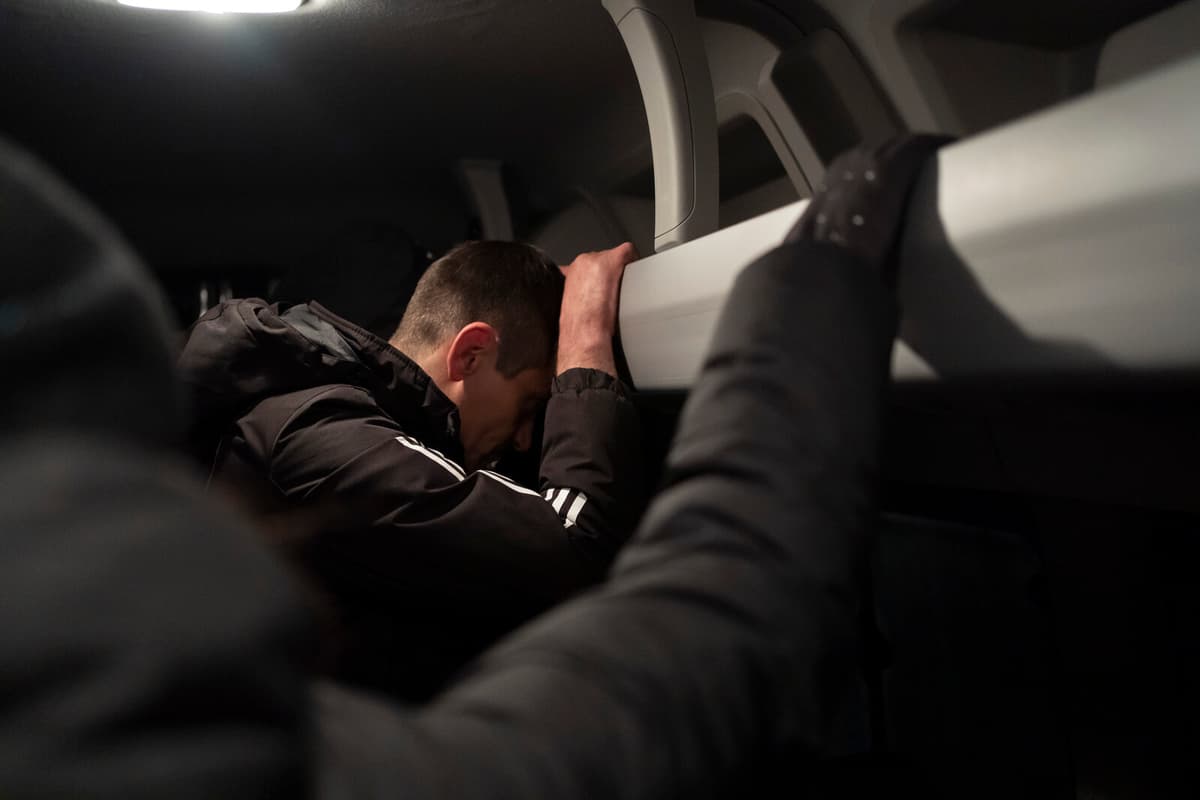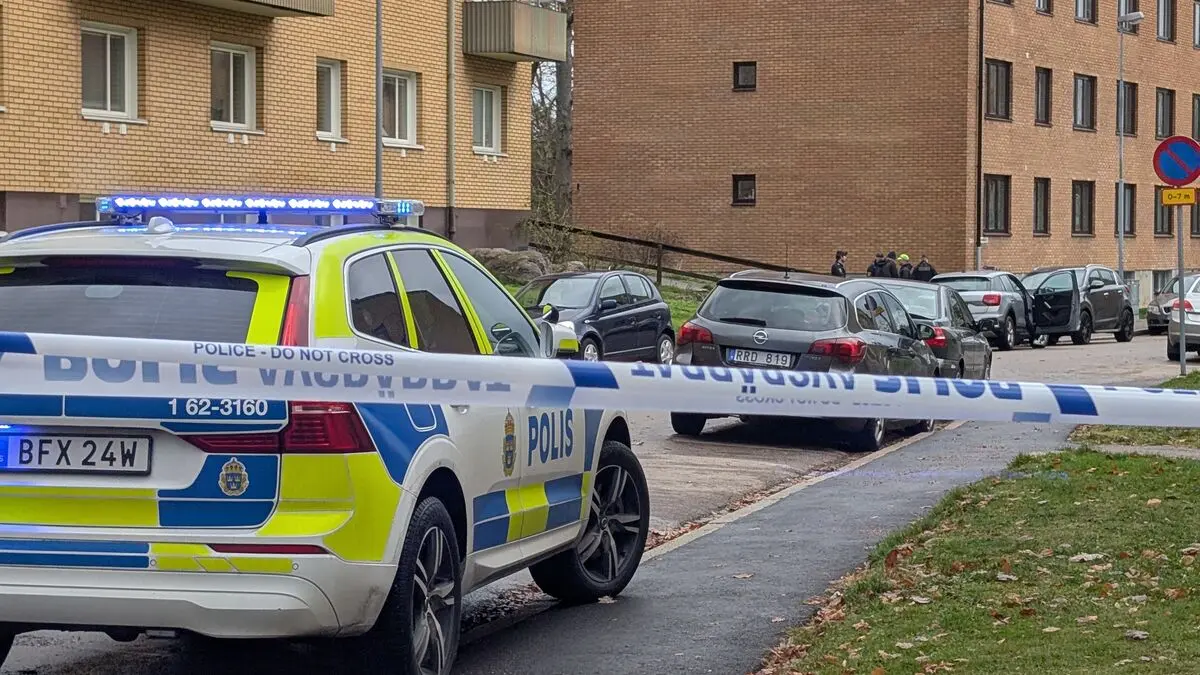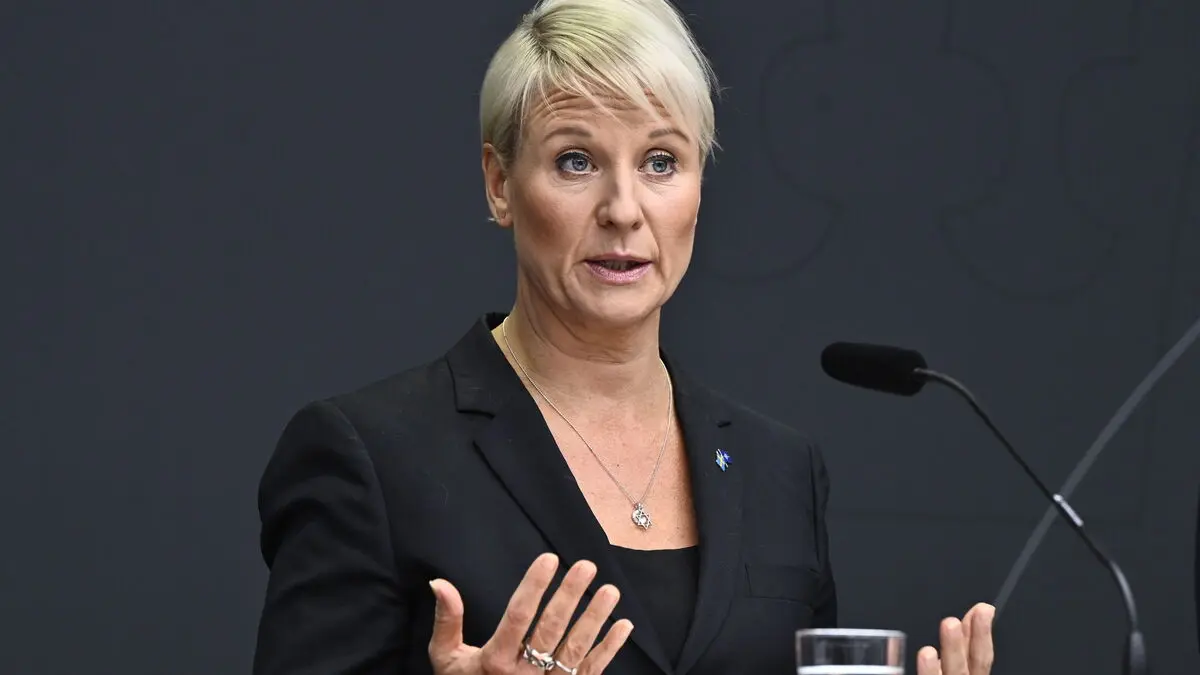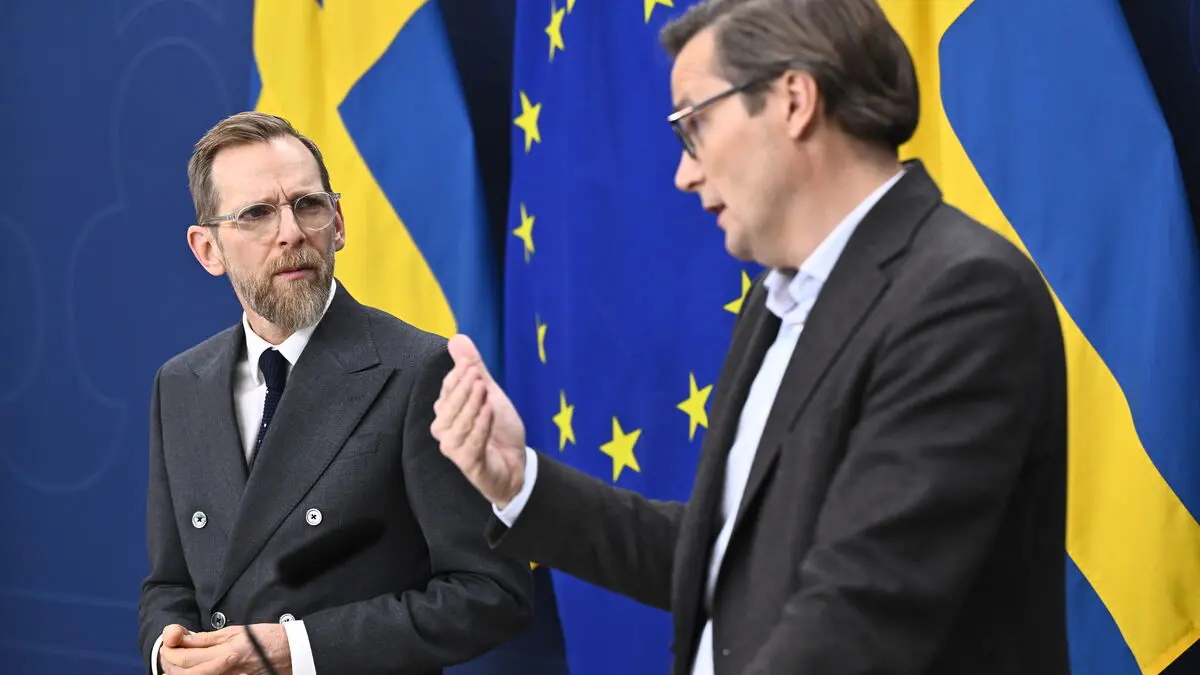The entire society is like a prison, says Kiril, a man who works as an agent for Ukrainian authorities in the occupied areas.
Getting someone to speak openly on site is almost impossible, but The Economist has some short phone quotes from Kiril. He tells that anyone who hints at Ukraine-friendliness is sent "to the basement", an expression for the camps the regime in Moscow has for dissidents.
Without Russian citizenship, children cannot attend school, no healthcare is offered, no pensions or other social benefits, writes The Economist.
And at the turn of the year, the pressure will be tightened even further. Those who have not become Russian citizens by then will be seen as foreigners, and therefore do not have the right to stay.
It's like being a refugee in your own country, says Kiril to The Economist.
Half have fled
After Trump's previous good relationship with the Russian leader Vladimir Putin, there is great concern that Russia will feel free to continue going harder after Trump's inauguration in Washington in January.
Many people's instinct is clear: flee. But where? And how?
The exodus has been going on since 2014, but at a much higher rate since Putin expanded the war two and a half years ago. At the beginning of 2022, almost 6.4 million people lived in what is now the occupied parts of the four regions of Kherson, Zaporizhzhia, Donetsk, and Luhansk. Now, around half remain; just over 3.2 million people, according to a Russian health insurance budget for 2024, writes the German institute SWP in a report.
All figures are, however, uncertain. During the Russian presidential election in the spring, the authorities claimed that "the new regions" had up to 4.8 million voters, of whom over 4.7 million allegedly voted.
"These numbers are obviously manipulated to get Putin's results," writes SWP dryly.
"Grey zone"
The opportunities to flee have also become increasingly limited. The only way for people without money and connections has been the "grey zone" or "corridor", a small strip of land between Russian Belgorod and Ukrainian Sumy.
There, civilians have occasionally, with their lives at stake, been able to walk several kilometers to Ukraine-controlled territory. One of them is 52-year-old Anna, whom news agency AP met last winter. She had a wedding ring on each hand, her own and her husband's. It was when he fell in the war that she left.
They don't see us as humans, she said to AP about the Russian soldiers who harassed the family.
I don't know how I endured.
The invasion of Ukraine began in 2014, when Russia sent forces – initially in secret – into the neighboring country. The Crimean Peninsula in the Black Sea was taken over and annexed.
Russia-friendly forces took power in parts of the Donbass region in eastern Ukraine. Those areas functioned as a kind of breakaway states until 2022, when Russia attempted to complete the invasion with a massive offensive against all of Ukraine.
The attempt failed, but later that year, Russia classified all captured areas – in the Ukrainian regions of Crimea, Kherson, Zaporizhzhia, Donetsk, and Luhansk – as Russian.
In total, these areas make up almost a fifth of Ukraine's territory.





